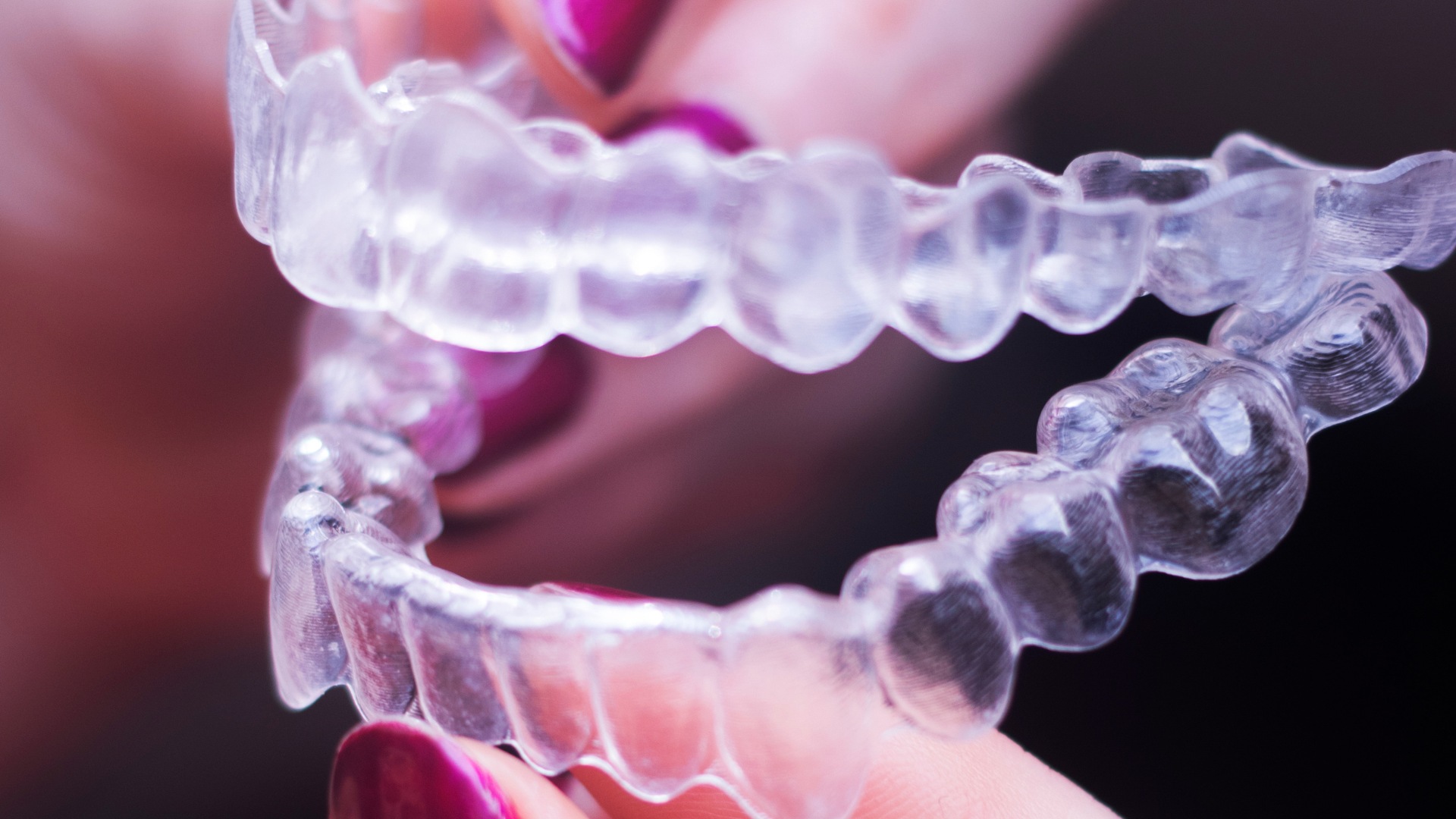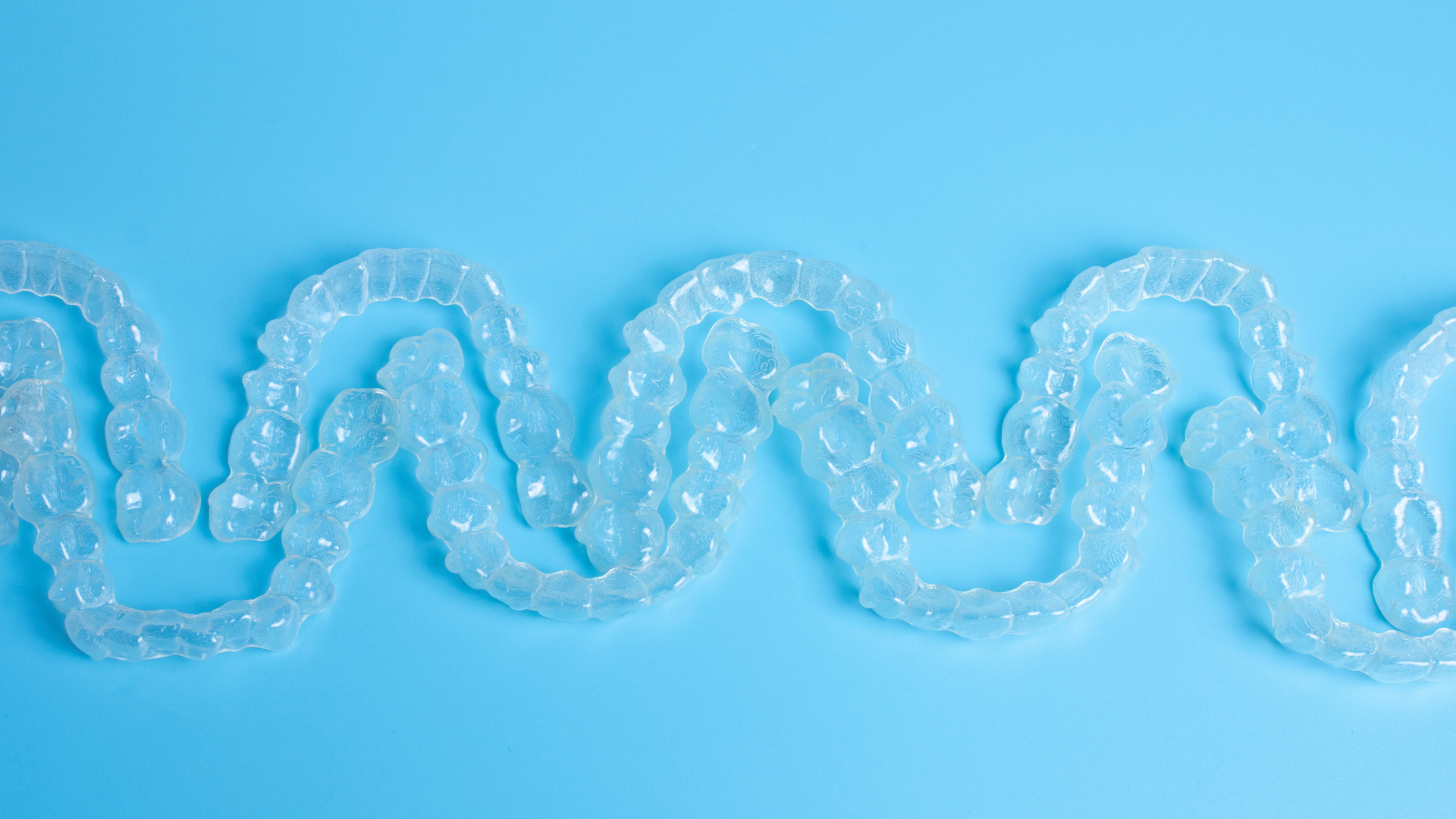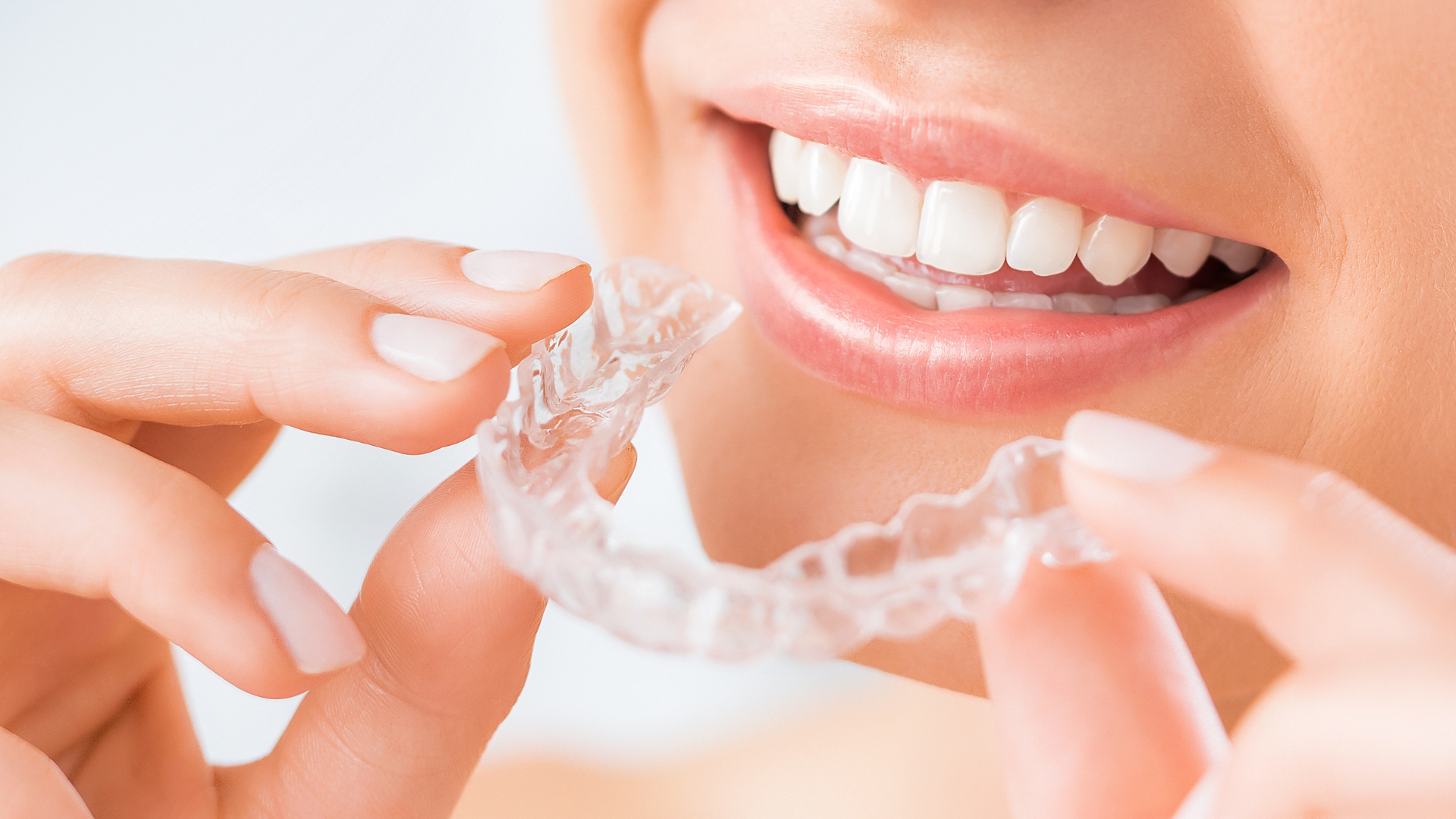Dental Emergency While Traveling: What Steps Should You Take?
The Unexpected Challenge of Dental Emergencies Abroad
Traveling is an exciting opportunity to explore new places, cultures, and experiences—but nothing can derail a trip faster than a sudden dental emergency. Whether it’s a chipped tooth, a lost filling, or severe tooth pain, dealing with dental issues while away from home can feel overwhelming. The good news is that with the right preparation and steps, you can minimize discomfort and get the help you need quickly. Knowing how to respond can mean the difference between salvaging your trip or cutting it short.
Common Dental Emergencies Travelers Face
Dental problems can occur unexpectedly, and travelers are not immune. Some of the most common issues include chipped or broken teeth, lost fillings or crowns, toothaches, gum infections, and even knocked-out teeth from accidents. Even a small problem like a loose filling can escalate quickly if left untreated. Recognizing what qualifies as a dental emergency helps you act quickly and prevent further complications.
Stay Calm and Assess the Situation
The first step in managing a dental emergency is to stay calm and assess the severity. Is the issue causing intense pain? Is there bleeding that won’t stop? Has a tooth been completely knocked out? By evaluating the situation, you can determine whether immediate intervention is needed or if temporary care can get you through until you return home. Remaining composed also helps you make clearer decisions about next steps.
Temporary Relief Measures You Can Take
When professional dental care isn’t immediately available, temporary relief can make a big difference. Over-the-counter pain relievers, cold compresses, or dental wax (often found in travel dental kits) can help reduce discomfort. For a lost filling or crown, dental cement from a pharmacy can provide a temporary fix. While these solutions aren’t permanent, they buy you valuable time until you can see a dentist.
Finding a Local Dentist or Emergency Clinic
If the emergency requires professional attention, locating a local dentist or clinic is essential. Many hotels have concierge services that can recommend trusted dental providers, and local embassies often maintain lists of English-speaking healthcare professionals. In some destinations, telehealth consultations may also be an option, helping you determine whether immediate treatment is needed. Taking action quickly ensures the issue doesn’t worsen and helps you continue your travels with peace of mind.
Protecting Knocked-Out or Broken Teeth
One of the most urgent dental emergencies is a knocked-out tooth. If this happens, carefully pick up the tooth by the crown (not the root), rinse it gently with water if dirty, and try to reinsert it into the socket if possible. If reinsertion isn’t an option, keep the tooth moist in milk, saline, or even your mouth until you reach a dentist. Acting within 30 minutes greatly increases the chances of saving the tooth.
Preventive Steps Before You Travel
Preparation can significantly reduce your risk of a dental emergency abroad. Scheduling a dental check-up before your trip ensures any hidden problems—such as cavities or weak fillings—are addressed. Packing a small dental travel kit with floss, pain relievers, dental wax, and dental cement can also provide peace of mind. By taking preventive steps, you lower the chance of unexpected dental surprises interrupting your journey.
Dental Emergencies and Travel Insurance
Many travelers overlook dental coverage when purchasing travel insurance. However, some policies include emergency dental treatment for pain relief or accidents. Reviewing your insurance details before traveling ensures you understand what’s covered and how to access benefits if needed. In case of an emergency, keeping a copy of your policy and provider’s contact information can save valuable time.
How to Handle Dental Emergencies on Flights
Tooth pain can sometimes arise during flights due to air pressure changes. Known as barodontalgia, this condition can be especially uncomfortable if there are underlying dental issues. To minimize discomfort, avoid flying with untreated cavities or infections and chew sugar-free gum to help equalize pressure. If severe pain arises mid-flight, temporary relief options like cold compresses and over-the-counter medication may help until you can reach a dentist.
Caring for Your Smile Post-Emergency
After you’ve received treatment or temporary relief, following up with your regular dentist once you return home is crucial. They can check for lingering issues, reinforce temporary repairs, and ensure your oral health remains strong. A dental emergency doesn’t have to define your travel experience—but proper care afterward ensures your smile remains healthy and resilient.
Final Thoughts: Being Prepared Brings Peace of Mind
Dental emergencies while traveling can be stressful, but preparation, calm decision-making, and quick action can make all the difference. By knowing what steps to take, you can manage pain, prevent complications, and return to enjoying your trip. For additional tips on oral health, check out our guide on how to prevent common dental problems.
If you have questions or want to prepare before your next trip, don’t hesitate to reach out—we’re here to help you smile confidently wherever life takes you.





